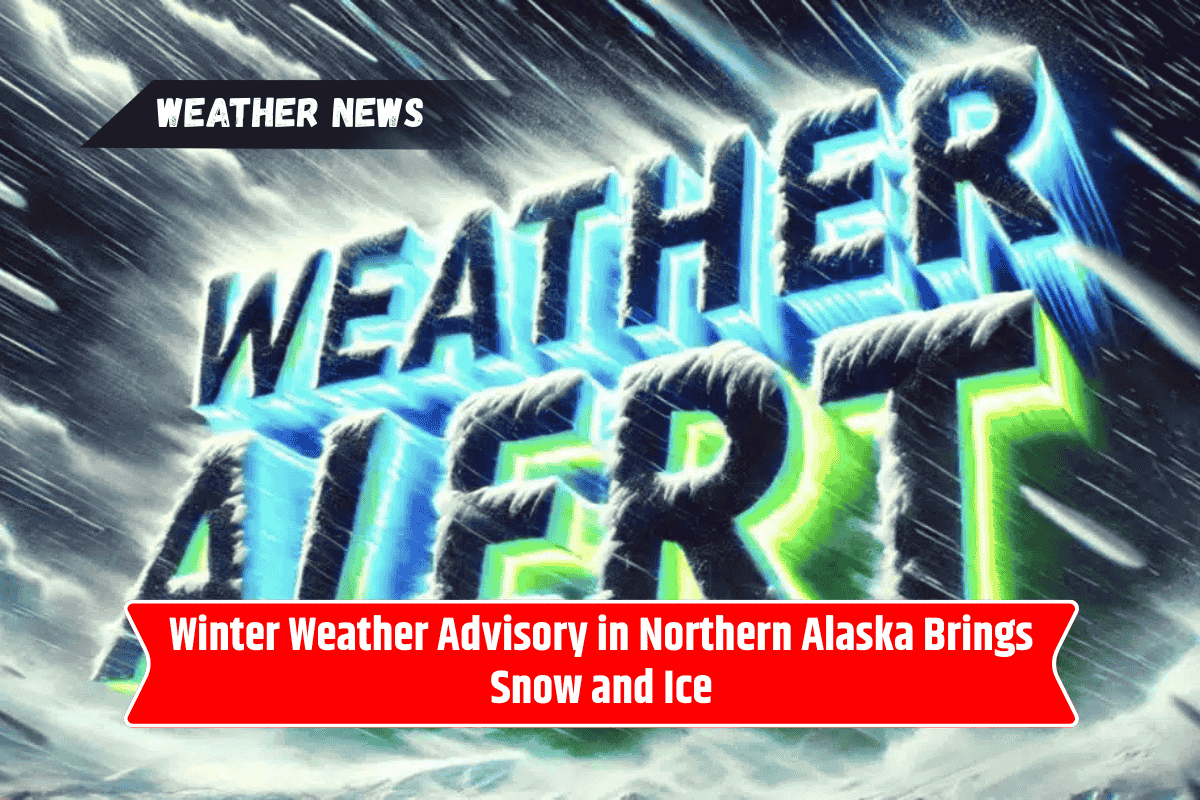While much of the U.S. is still enjoying warm summer days, northern Alaska is already facing an early taste of winter.
The National Weather Service in Fairbanks has issued a Winter Weather Advisory starting late Tuesday night and lasting through Thursday morning, warning residents and travelers of snow and freezing rain more typical of October than late August.
Areas Affected by the Advisory
The advisory covers parts of the Brooks Range and the Dalton Highway. Some of the key locations likely to experience winter-like conditions include:
Atigun Pass to Prudhoe Bay along the Dalton Highway
Communities such as Nuiqsut, Anaktuvuk Pass, Kuparuk, and Deadhorse
Remote Arctic areas north of the Brooks Range
These regions could see several inches of snow along with icy roads from freezing rain, creating challenging travel conditions.
Expected Weather Conditions
Forecasters predict:
Up to 2 inches of snow in some areas north of the Brooks Range
Freezing rain that could coat highways and roadways with ice
Visibility issues for drivers due to snow and ice buildup
Temperatures near freezing (around 32°F) Tuesday night and Wednesday night
This mix of snow and ice is likely to slow traffic, especially for truckers hauling supplies to the North Slope. Local drivers are also urged to travel cautiously.
Impact on Travel and Daily Life
The winter weather is expected to affect both long-haul truckers and local communities. Truck drivers on the Dalton Highway, especially between Atigun Pass and Prudhoe Bay, may face significant delays. For residents, slick roads, icy driveways, and limited visibility could make even short trips difficult.
Why Snow in August Isn’t Unusual in Alaska
While many may be surprised by snow before September, meteorologists point out that in Alaska’s far north, August snowfalls are not rare.
What makes this event notable is the combination of freezing rain and snow arriving while the rest of the country is still in late-summer warmth. It highlights how quickly Arctic weather can shift into winter mode.
Staying Safe During the Advisory
Residents and travelers can take a few steps to stay safe during this early winter blast:
Avoid unnecessary travel on icy roads, especially overnight
Use winter tires or chains if driving along the Dalton Highway
Keep emergency supplies like blankets, food, and water in vehicles
Monitor National Weather Service updates for any new warnings
Northern Alaska’s Winter Weather Advisory is a reminder of how quickly seasons can change in the Arctic. With snow, freezing rain, and icy roads forecast from Tuesday night through Thursday morning, drivers and residents alike need to stay alert and prepared.
While August snow isn’t unusual this far north, the icy mix is a strong sign that winter is arriving sooner than expected, well before the calendar turns to fall.
